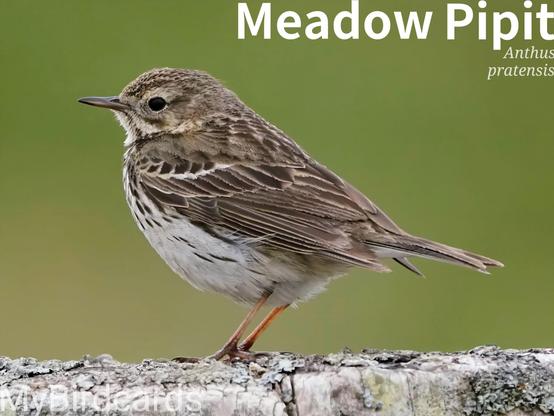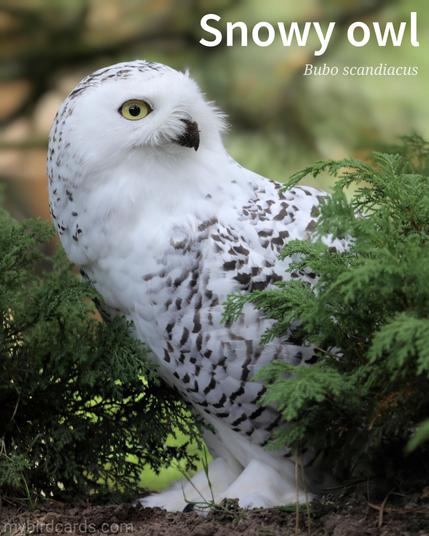New addition! 🌍 Meadow Pipit (Anthus pratensis) #EurasianBirds #PalearcticBirds #NorthAmericanBirds #AfricanBirds | #MeadowPipit #AnthusPratensis | #Pipits #WagtailFamily #PerchingBirds 📷: Photo by karsten_madsen🦉 #MyBirdcards | #birdsoftheworld #birds ❤️🦜
#PalearcticBirds
🌍🌏🌎 Snowy owl (Bubo scandiacus) #Palearcticbirds #Nearcticbirds #Eurasianbirds #Europeanbirds #Asianbirds #NorthAmericanbirds #SnowyOwl #PolarOwl #WhiteOwl #ArcticOwl #TrueOwls #Owls #Raptors Photo via Pixabay 🦜 #birdsoftheworld #birds
Black-headed gull 🌍🌏🌎 #Palearcticbirds #Eurasianbirds #Europeanbirds #Asianbirds #NorthAmericanbirds #Africanbirds | #mybirdcards #birdcards #birds🦜
New addition! ➡️ Northern wheatear 🌍🌏🌎 #Palearcticbirds #Eurasianbirds #Europeanbirds #Asianbirds #Africanbirds #NorthAmericanbirds | #mybirdcards #birdcards #birds🪶
Client Info
Server: https://mastodon.social
Version: 2025.07
Repository: https://github.com/cyevgeniy/lmst

